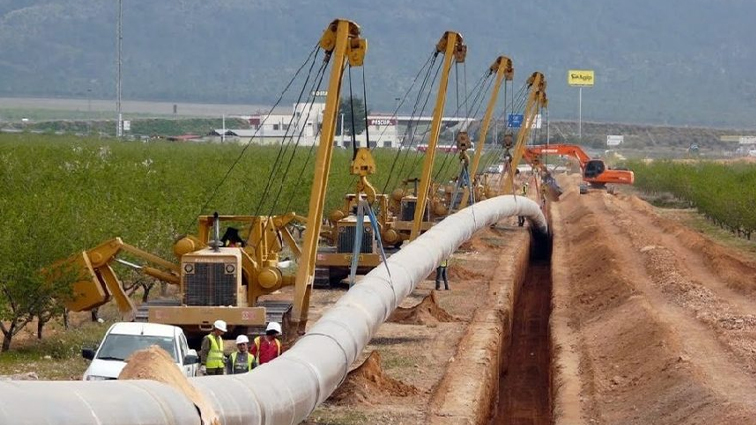Morocco’s ETAFAT has announced the start of the onshore exploration phase of the Morocco-Nigeria gas pipeline project.
The pipeline, which runs through several West African countries, will be routed to Morocco, and then connected to the European gas network.
Preliminary topographic studies have been launched for the northern part of the project, which includes Morocco, Mauritania, and Senegal, according to what the company published on LinkedIn.
The project seeks to achieve regional integration and promote economic development across the Atlantic strip, while providing a transport capacity of 30 billion cubic meters per year of gas, and 15 billion cubic meters for export to Europe.
The current process includes identifying sites that fall under the ownership of the state or individuals and assessing the security aspects related to the passage of the pipeline, as experts confirmed that the land survey will answer security questions and identify properties and facilities that will be affected by the pipeline route.
It is expected, after the land survey, to determine the start and end points and the route of the pipeline accurately, taking into account the real estate cost and the search for the shortest possible route.
Morocco’s King Mohammed VI noted the importance of the project as a symbol of solidarity and regional cooperation and affirmed the Nigerian president’s commitment to the project during a phone call.
This year, reports indicate that the company responsible for coordinating the financing, construction and operations of the project will be established, with a final investment decision expected by Nigeria by the end of the year.
This project is a strategic step towards enhancing energy security and economic integration in the region and represents an opportunity to develop infrastructure and improve economic relations between the countries concerned.
Nigeria will play a pivotal role in marketing the product within the African Union and the European Union, according to local newspaper (The Punch).
Morocco rescues 269 migrants in the Atlantic Ocean
